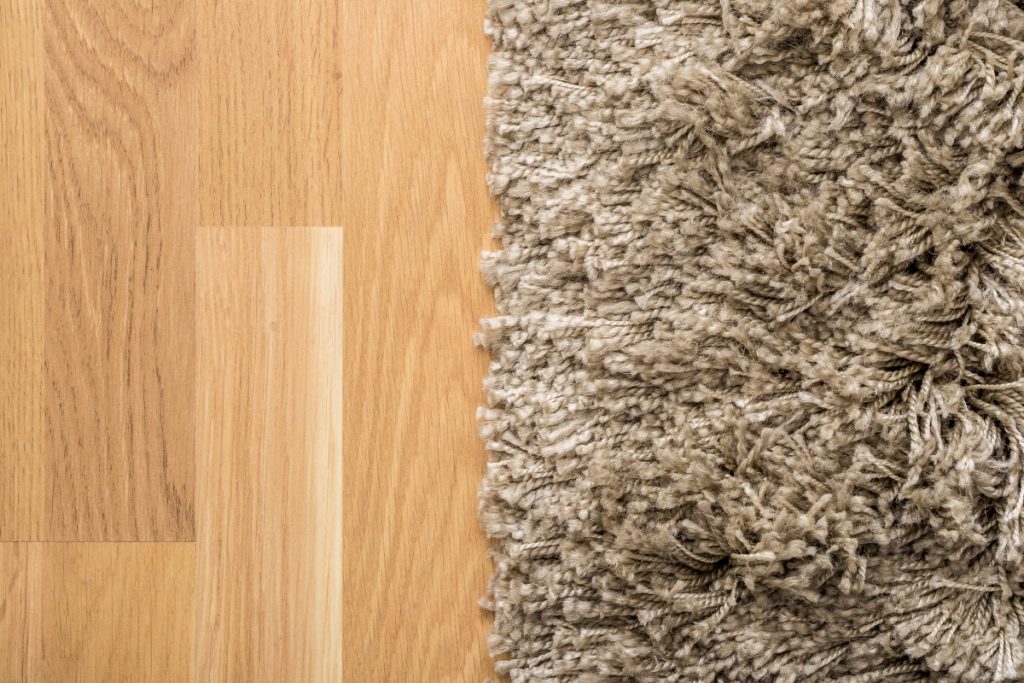When investing in a new HVAC system, understanding what’s typically included in an installation package is crucial to ensuring you get the best value for your money.
1. Initial Consultation and Load Calculation
Before any installation begins, most HVAC contractors offer an initial consultation to assess your home’s needs. This includes a load calculation, which helps determine the appropriate size and capacity of the HVAC system for your home.
2. HVAC Equipment
The centerpiece of any HVAC installation package is, of course, the HVAC equipment itself. This typically includes the heating unit (furnace or heat pump), cooling unit (air conditioner or heat pump), and an air handler or blower. Depending on your system type, it may also include additional components like a thermostat, ductwork, and venting materials.
3. Ductwork Installation or Modification
If your home already has ductwork, the installation package may include ductwork inspection and necessary modifications to ensure compatibility with the new system. In some cases, entirely new ductwork may be required, particularly in older homes or those transitioning from a different type of heating and cooling system. Proper ductwork installation is vital for maintaining airflow and efficiency throughout your home.
4. Thermostat Installation
A new thermostat is often included in an HVAC installation package. Modern thermostats range from basic programmable models to advanced smart thermostats that can be controlled remotely via a smartphone app. The choice of thermostat can significantly impact your system’s efficiency and ease of use.
5. Electrical Work and Refrigerant Lines
A qualified HVAC installer will handle all necessary electrical work as part of the installation package. This includes connecting the system to your home’s electrical grid and ensuring everything is up to code. Additionally, if you’re installing a central air conditioning unit, refrigerant lines will be installed or replaced to connect the indoor and outdoor units.
6. System Testing and Calibration
After the installation, a professional HVAC technician will thoroughly test the system to ensure everything is functioning correctly. This includes checking the airflow, refrigerant levels, thermostat operation, and overall performance. The technician will also calibrate the system to achieve optimal efficiency and comfort.

7. Cleanup and Disposal
A comprehensive HVAC installation package should include cleanup and disposal of any old equipment, packaging materials, and debris generated during the installation. This service ensures your home is left clean and tidy after the work is completed.
8. Warranty and Maintenance Information
Finally, reputable HVAC contractors will provide you with warranty details for your new system, including coverage for parts and labor. They may also offer maintenance plans to keep your system running smoothly and efficiently over time.


